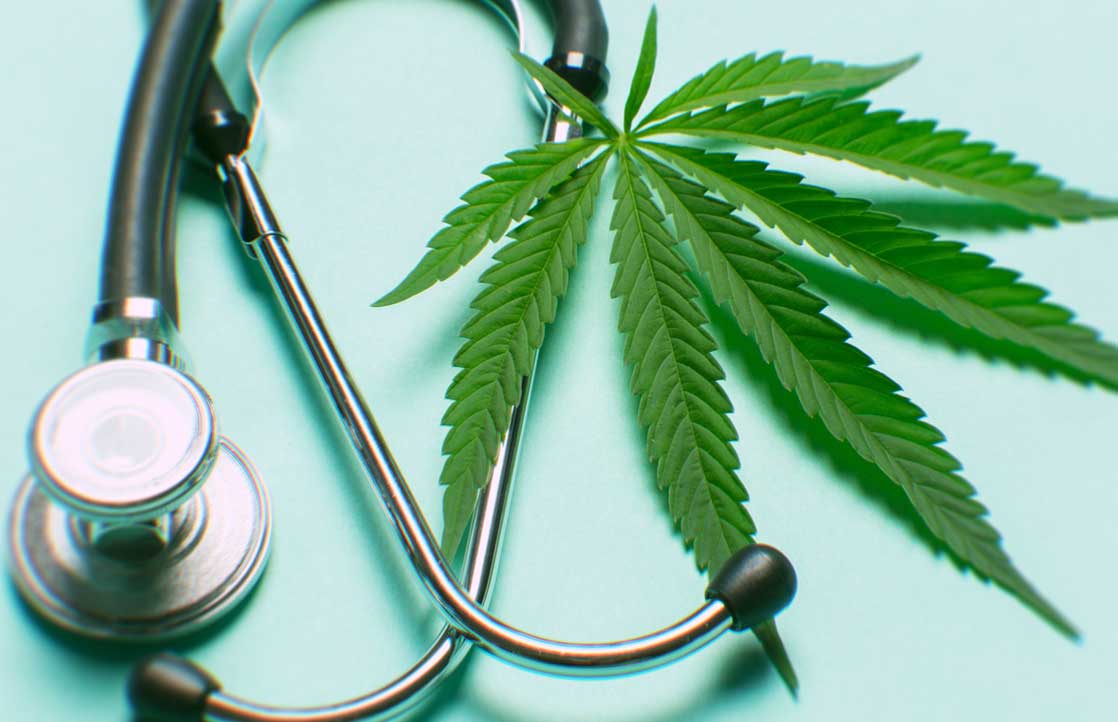Some strains (varieties) of cannabis (marijuana) are better than others for particular illnesses or conditions due to their cannabinoid and terpene profiles. Your doctor or caregiver likely recommended a strain or chemical profile that has been helpful to patients like you based on its potency and proportions of specific cannabinoids and terpenes (entourage effect).
The information available for the cannabis you use depends on where you live and where you get your cannabis.
Cannabis flower from a dispensary or caregiver
When you buy cannabis flower from a licensed dispensary or caregiver, the package is labeled with most of the information you need to ensure that it satisfies the recommendations from your doctor or caregiver. The labeling requirements differ from state to state, but most states require testing by a reputable cannabis analysis laboratory to determine:
- Potency: The amount of THC per volume or weight of a sample.
- Cannabinoid levels: The amount of different cannabinoids.
- Terpene profiles: The percentages of each terpene in a sample.
Homegrown cannabis
When you grow your own cannabis, there are obviously no labels detailing its chemical profile, but you can get it analyzed by a cannabis lab. If your homegrown cannabis does not work as well as what you bought from the dispensary or caregiver, it’s likely that other factors, such as growing environment, storage, or soil quality, have altered its chemical profile.
Concentrates and other products from a dispensary or caregiver
Depending on state labeling requirements, labels on concentrates often contain the cannabinoid and terpene profiles and potency, as well as additional information about curing, consistency, extraction process, and solvents.
- Dewaxed: Concentrate with the plant waxes removed, leaving pure cannabinoid and terpene content in the finished product.
- Cured: Curing is the final harvesting process that removes the last traces of moisture from the dry buds. For smoke-able flower, curing extends the shelf life and reduces or eliminates mold, but for concentrates, curing can have the less desirable effect of reducing the terpene count.
- Live resin: Products produced by extracting the cannabinoids and terpenes immediately after harvesting to match the cannabinoid and terpene composition of the live plant.
- Consistency: Based on the extraction temperature, moisture content, or texture of the oil before residual solvents are removed. Examples include shatter, wax, honeycomb, oil, crumble, sap, budder, and pull-and-snap.
- Solvent: Products or chemicals (such as water, butane, hexane, carbon dioxide, ethanol, etc.) that are used to extract the active ingredients from the plant to produce concentrates and extracts.
- Solvent level: The amount of solvent that remains in the extract or concentrate after processing, typically expressed in parts per million (ppm).
- Solventless: Concentrates produced using non-chemical solvents, such as water or heat (rosin).
- Other: standard product information such as sell-by date, ingredient list, and product weight.
Homemade cannabis products
When you make your own products with cannabis, such as edibles or topicals, you may not know their exact potency or cannabinoid and terpene levels. You may know the profile of your cannabis strain, but the processes you use to prepare your product, such as cooking or mixing with other chemicals or ingredients, or temperature, can change how your finished product affects you.
Other considerations
In addition to the cannabinoid and terpene profiles and the potency of the cannabis, there are environmental factors that can influence the effectiveness of the cannabis. The dispensary staff or caregiver should be able to give you additional information about the plants, including:
- Curing process: The timing of the harvesting and the methods used to cure the plant can alter the potency and chemical makeup of the product, which may reduce its effectiveness for your needs.
- Storage: The lighting, temperature, moisture, and humidity of the storage environment can affect the potency and chemical makeup of the cannabis.
- Soil quality: The presence/absence, or surplus/deficiency of certain chemicals in the soil can decrease the quality, and resulting effectiveness, of the cannabis.
- Time “on the shelf”: Be sure to note the sell-by date before you buy anything, as potency and effectiveness degrade over time.
- Pesticides and fertilizers: The presence of these contaminants and others (mold, heavy metals, mycotoxins, microbials, etc.) may affect the overall quality and healthiness of cannabis, but most states do not currently (as of June 2016) require contaminant testing.
Lab testing
If your cannabis is not working as expected, or you are concerned about the level of THC, other cannabinoids, terpenes, residual solvents or contaminants, you can send a sample of your product (homegrown, homemade, or purchased at a dispensary or licensed caregiver) to a reputable cannabis lab for testing. (For homemade products, be sure the sample was prepared the same way as your previous products, including temperature, timing, ingredients, cookware, storage, etc.)


